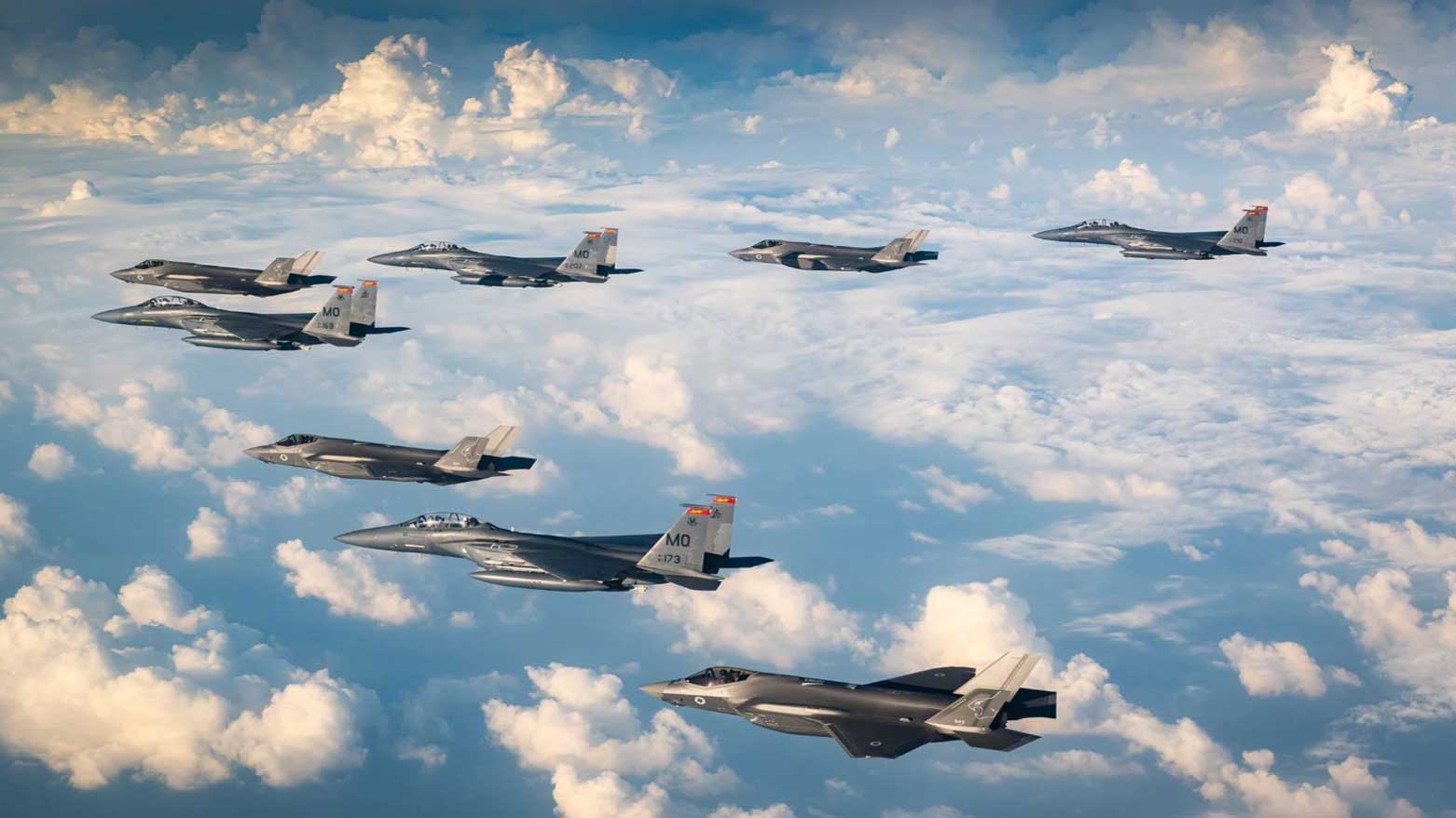Israeli Pilots Drop Excess Ammunition on Gaza During Return Trip from Iran, Says Maariv
Maariv newspaper reported, was welcomed by Israeli military commanders and quickly institutionalized as a routine protocol during the entirety of the twelve-day war.

ERBIL (Kurdistan24) – Israeli fighter pilots involved in the twelve-day conflict with Iran reportedly used surplus air-to-ground munitions to intensify aerial bombardments on the Gaza Strip, according to a report by the Israeli newspaper Maariv published this week.
The report uncovers a previously unacknowledged aspect of Israel’s dual-front military campaign, highlighting how Israeli Air Force squadrons diverted excess firepower from operations against Iranian missile and drone threats to strike targets inside Gaza.
Surplus Firepower Deployed Over Gaza
Maariv cited Israeli Air Force officials as saying that on the first day of the war with Iran, fighter jets were heavily loaded with additional air-to-ground missiles to intercept anticipated Iranian projectiles. Once the pilots completed their primary interception missions, they reportedly proposed offloading their unused ordnance in Gaza, where Israeli ground forces were engaged in ongoing operations in both northern areas and the southern city of Khan Younis.
The suggestion, the newspaper reported, was welcomed by Israeli military commanders and quickly institutionalized as a routine protocol during the entirety of the twelve-day war.
Air Force Command Expands Bombing Campaign
According to the report, once Air Force Commander Major General Tomer Bar received a full briefing on the initiative, he authorized a broader campaign that involved all air squadrons. This directive, Maariv noted, resulted in an intensified Israeli bombing campaign across the Gaza Strip.
“The Gaza Strip was subjected to a wave of intensified aerial strikes throughout the war with Iran,” the Israeli military confirmed, according to Maariv.
Coordinated Bombing Guided by Ground Units
The report further disclosed that dozens of Israeli warplanes passed over Gaza daily, en route back to their home bases after completing their air defense assignments. Under guidance from Israeli ground forces operating within Gaza, the pilots would release their remaining munitions—dropping hundreds of bombs and explosives across designated areas within the blockaded coastal territory.
